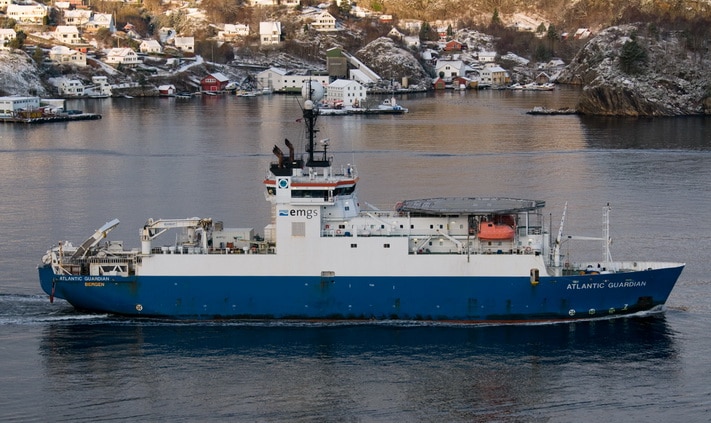Disputes over oil fields near the border, citizenship and transit fees continue to undermine the transition, and many are now warning that a war may be closer than at any time since the 2005 peace deal that ended five decades of civil war.
According to the US Energy Information Administration Khartoum began to divert South Sudan’s Nile blend crude to its Khartoum and el-Obeid refineries in December 2011, primarily as a result of the impasse on transit fees. South Sudan responded by shutting in 350 Mbopd of oil production until a fair deal was reached on transit fees, or an alternative pipeline was built. Border clashes between the two countries have damaged key installations at the Heglig oil field with 60,000 bpd of Sudan’s output still shut in.
Although the two countries together account for only 0.6% of global oil production, the oil supply disruptions add to an already stretched OPEC spare capacity buffer as the sanctions against Iran, oil production outages in Yemen and Syria and the threat of a conflict in the Middle East have cut the buffer markedly since October last year. Sudan and South Sudan combined exports averaged 330 Mbopd in 2011 and went almost exclusively to Asian markets.
Sudan recently issued a resolution declaring a state of emergency in border districts in the south of the country. Without any near-term significant breakthrough in the negotiations, South Sudan’s production outage may last until the end of the year and continue to support a higher risk premium and thereby higher oil prices. The more severe the damage made to oil installations on both sides of the border, the longer it will take to restart oil production and the more the oil production shut-ins will weigh on global spare capacity. A longer-lasting conflict will therefore push up the risk premium and thus prices for longer-dated oil contracts.
According to the Financial Times, South Sudan is one of the poorest countries in the world, and the dispute between the two countries has already halted nearly all oil production that underpins both economies. Oil represented over half of government revenue and 90% of export earnings for Sudan. For South Sudan, oil represented 98% of total revenues. The International Monetary Fund has projected that real GDP growth for Sudan will fall by 7.3% in 2012, the fiscal deficit will fall to 3.9% of GDP and the current account to -4.6% of GDP. Currency depreciation and non-food commodity shortages are expected to push inflation to 26% in 2012.
While about 75% of oil production originates from South Sudan, the export, pipeline and refining infrastructure is located entirely in Sudan. To become less dependent on its relationship with its northern neighbour, a 1,400 km pipeline to ship oil from South Sudan to a new port in Lamu in Kenya or to Ethiopia has been proposed. For the pipeline to be economically viable South Sudan needs a major boost to output. With neither political stability nor proper legal infrastructure expected in the near term, companies will likely remain reluctant to undertake major investments.
In a worst-case scenario South Sudan’s oil production could decline markedly within the next five years unless the political climate changes, and longer-dated oil prices will increase to reflect a tighter supply side.





